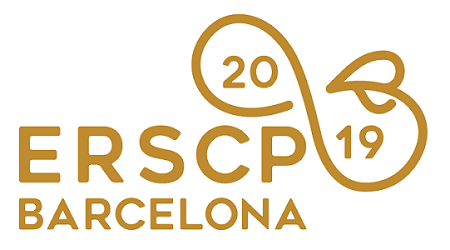Papers Proceedings »
The role of responsible innovation and competitive advantage in the transition to the circular economy
Responsible research and innovation (RRI) emerged in the European policy and business arenas as a way to promote inclusive, transparent and democratic innovation processes that address the ‘grand challenges’ of our time (von Schomberg, 2013). One of the aims of RRI is to help to address the socio-ethical challenges that emerge from the development of new products, processes or business models. In the context of the transition to a circular economy, many proposed sustainability solutions neglect social or ethical issues that might arise from them. For instance, the promise of creation of jobs in the waste management sector, which has immediate positive socio-economic and environmental results, might have unintended consequences. For instance, it may lead to displacing the waste management industry to countries with lower salaries and laxer environmental regulations when recyclability of materials is limited (see, for instance, Sthiannopkao & Wong, 2013). For businesses, applying RRI principles in the transition to a sustainable economy will also be tied to their ability to keep or develop a competitive advantage (Blok & Lemmens, 2015).
With the aim of furthering our understanding on the relationship between RRI and competitive advantage, we conducted a systematic literature review, which resulted in 840 results. We deployed a series of search terms equivalent to `RRI´ and ´competitive advantage´. When filtering out by relevance, the list was reduced to 98 articles.
Based on the existent literature, RRI can be a driver of competitive advantage in the following ways:
Avoiding uncompetitive regulation in the case of emerging technologies, facilitating adhering to social values without overregulation based on the precautionary principle.
Reducing public outcry in the face of emerging technologies and innovations through early participation of different stakeholders and science communication.
Adjusting to market needs better through the incorporation of different stakeholder needs in the research process and tapping onto underexplored markets for non-dominant stakeholders (for example, addressing needs of non-dominant groups such as women or the elderly).
Enhancing corporate reputation.
Increasing the efficiency of the innovation process, through the reduction of failed innovation at later stages (since potential consumers will have already expressed concerns in early stages).
However, engaging in RRI activities may also be detrimental for competitive advantage:
Reducing the probability of innovation, since more innovation processes will be called off at an early stage due to stakeholder concerns, reducing the possibility of further exploration of radically new technologies.
Lengthening time-to-market, through the inclusion of more stakeholders, milestones and gates in the innovation process.
Increased risk of information and knowledge leaking, since stakeholders will also be represented in competitor’s innovation processes.
Need to develop additional capabilities to deal with potential disagreement between different groups and interests (e.g. alliance portfolio management and conflict resolution).
We observed that the majority of the literature investigating this relationship is conceptual or normative rather than empirical, which calls for further research on the relationship of RRI and competitive advantage and their contribution to an ethical and socially sustainable transition to the circular economy.
